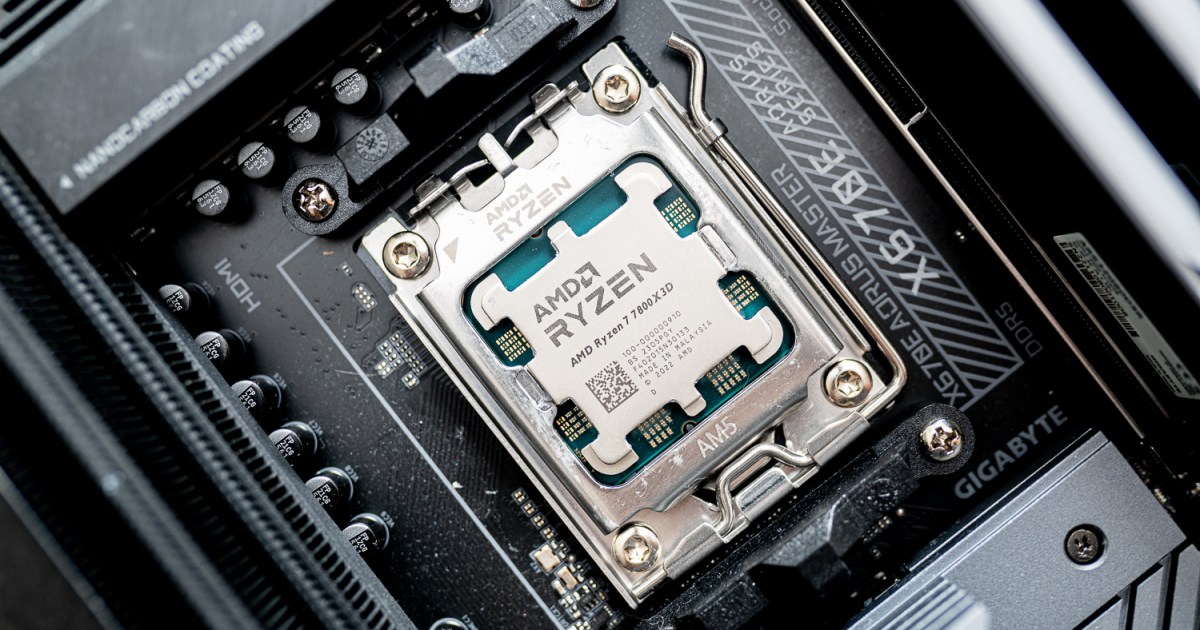A red light on your motherboard can be as simple and benign as some fancy RGB lighting, or it could mean that a crucial piece of hardware has failed. If you’re having trouble with your PC or are finding it just won’t turn on at all, and you have a red LED light on the motherboard, it’s time to look into it.
But depending on your motherboard, a red light can mean all sorts of things. Let’s see if we can figure it out.
Check the manual
Almost every manufacturer uses a different layout and design for their motherboards, and different motherboards from even the same manufacturer can have different features, so it’s hard to tell what a red light on your motherboard might be without knowing what model it is. It may be that your motherboard has indicators on it to help you, like in the image of an ASUS motherboard above, but if not you’ll need to check the manual.
You should have received a physical copy with your PC or motherboard, but there will be a digital version on your manufacturer’s website, as well as detailed motherboard information. Use the manual or online tools to find out what the red LED on your motherboard means. Note its placement, and whether it’s turning on and remaining on, or flashing a pattern or code to you. Additionally, consider when the LED turns on. Is it on all the time, or only when you try to turn the PC on?
You might find a simple answer in the manual that will tell you exactly what’s wrong (or ideally, that everything’s fine and you needn’t worry). If it doesn’t say much about the red light, but you’re getting a beep pattern when the system starts, or there are other LEDs or readouts on the motherboard that give you a code during boot, compare those to the manual to see if that helps tell you what the problem is.
Reset the CMOS
Before we start investigating more complicated fixes for this motherboard red light problem, it’s always worth resetting the CMOS as it’s not uncommon for BIOS changes or new hardware installs to cause stability issues that can lead to the system not booting and displaying warning lights.
You can do this by pressing the BIOS reset button on your motherboard if you have one. Alternatively, remove the power cable, remove the CMOS cell battery from the motherboard, and then press and hold the power button for 30 seconds. Replace the battery and cables, and try again.
How to fix red light CPU errors
If you believe the motherboard’s red light is caused by a CPU error, there are a few things you can try:
- Re-install the CPU: Remove the CPU cooler and the processor, then reinstall it. For more detailed instructions, follow our guide on how to build a PC.
- Make sure the CPU fan is spinning up properly and the cooler is firmly attached. A loose or underperforming cooler could be sending a warning to the motherboard not to start up.
- Update the BIOS firmware: If you just installed a newer CPU in an older motherboard, it might be that the motherboard doesn’t support it. Yet. Install an older CPU you know does work, then update the BIOS before reinstalling the newer processor. If in doubt, check the compatibility list for your motherboard, too, to make sure the CPU is officially supported.
- Test the CPU: If you can, test the processor in another PC to make sure it’s working correctly.
Other things to check
- Unplug everything: A standard troubleshooting tip is to unplug everything you don’t need and see if that fixes the problem. Take out all RAM sticks but one, all of the storage drives, any add-in cards you don’t need, and unplug all the USB devices besides your keyboard and mouse.
- Reseat the memory: If you think it might be the RAM, try removing both sticks and putting them back in again. Try with just one stick. Try with the other stick.
- Check everything has power: Did you plug in the graphics card power cables? What about the CPU power cable at the top of the motherboard? Double check you’ve plugged everything necessary in properly. If in doubt, unplug and replug them again.
If you’ve tried all of the above solutions and your PC motherboard still shows that red light, you might need to consider replacing hardware. Before you do, though, try some of these quick-fix tips.
Editors’ Recommendations


